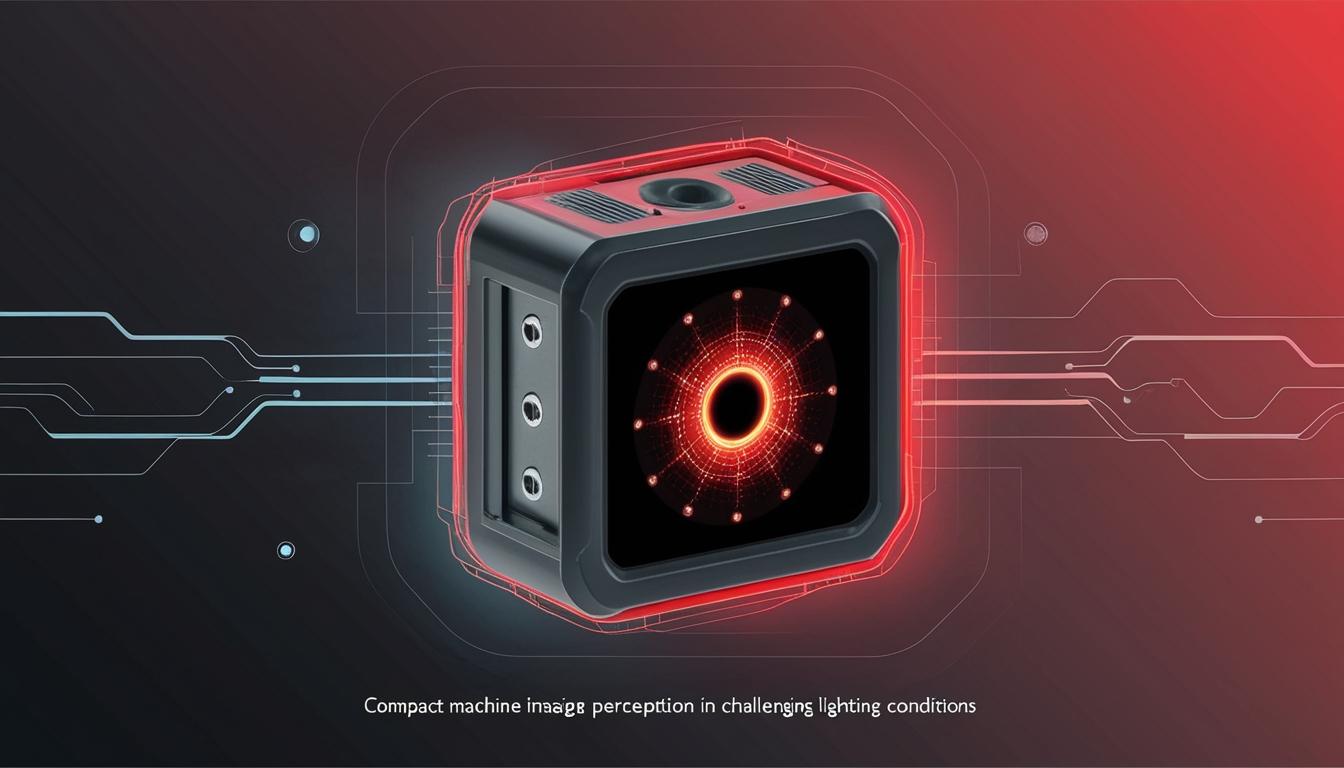Recent advancements in artificial intelligence (AI) and image processing technology are reshaping the landscape of machine perception, particularly in challenging lighting conditions. A collaborative effort between a team of computer vision experts from prominent institutions such as the Massachusetts Institute of Technology (MIT) and the University of Wisconsin-Madison, alongside individuals with past experience at tech giants like Google and Facebook, has led to the formation of a new company called Ubicept.
The emergence of compact imaging devices, which are now a standard feature in smartphones, has improved image capturing capabilities. However, these advancements come with their drawbacks, particularly when dealing with low-light scenarios or fast-moving subjects. For example, conventional image capturing can result in blurry or noisy images, issues that even sophisticated AI solutions struggle to rectify.
In a press release, Tristan Swedish, cofounder and Chief Technology Officer of Ubicept, shared insights into the company's mission. “The next big AI wave will be enabled by computer vision-powered applications in the real world; however, today’s cameras were designed for humans, and using standard image data for computer vision systems won’t get us there,” he remarked. This reveals a significant gap in current technology, which challenges the functionality and practical application of AI within real-world environments.
Ubicept’s innovative approach focuses on processing photon-level image data to enhance the clarity of machine perception. By bridging the existing gap in image technology, Ubicept aims to empower AI systems to achieve better, more accurate perception in a variety of conditions. The implications of such advances could lead to broader applications ranging from autonomous vehicles to augmented reality environments, significantly transforming business practices and technology integration in various sectors.
As the potential impact of these upcoming technologies unfolds, industry observers are keen to see how businesses will adapt and leverage this evolving landscape of AI-enhanced computer vision.
Source: Noah Wire Services
